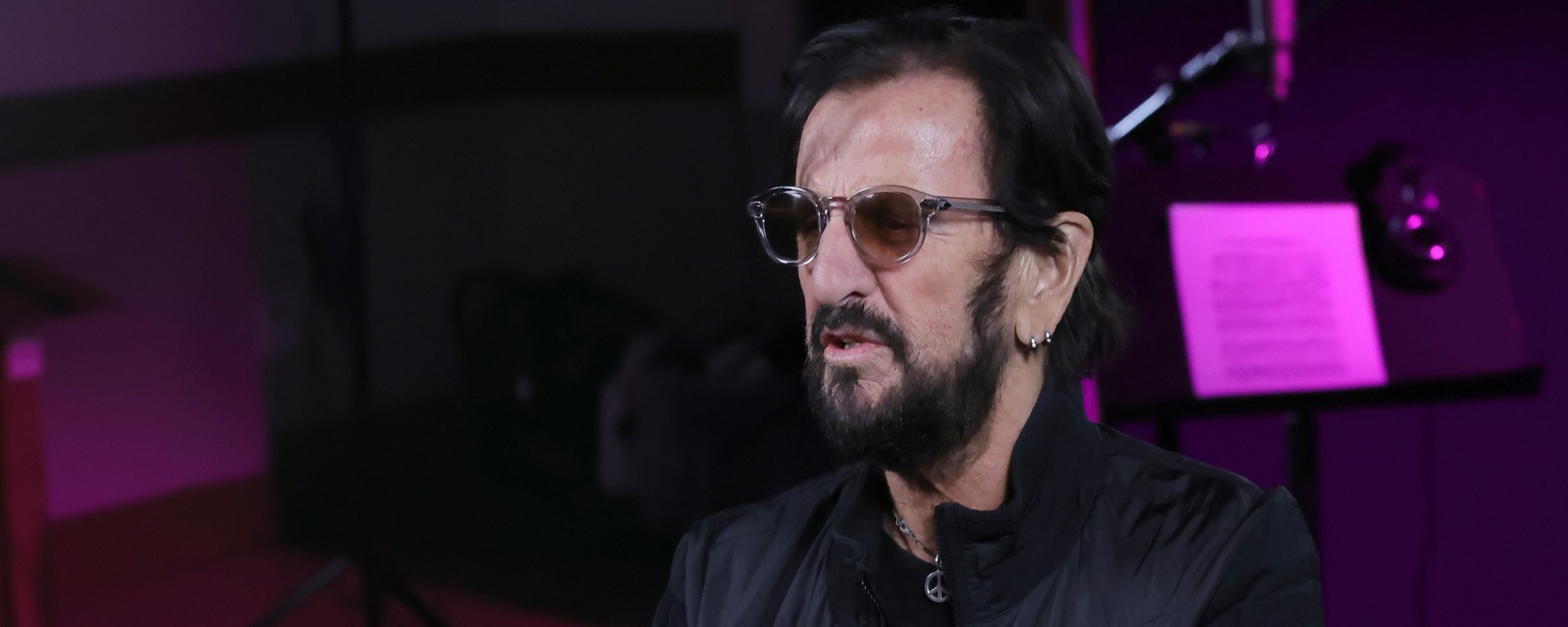
If you’ve recently upgraded to the newest MacBook Pro with Touch Bar, you will notice that the only connections available are four Thunderbolt 3 USB-C ports, while the 13″ non-Touch Bar and Macbook Air only offer two ports. This presents an immediate problem if you have older USB-A-connected hard drives or keyboard controllers, and other peripherals such as SD cards, headphones and monitors. How do you connect them? The easiest solution is the OWC Thunderbolt 3 Dock.
Featuring 14 ports of connectivity, the OWC Thunderbolt 3 Dock brings the convenience and speed of Thunderbolt technology while simultaneously cleaning up your workspace and streamlining your recording platform. It’s a great solution for songwriters who need multiple ports for their peripherals: a self-contained central hub with a small footprint.
Here are the quick specs of the OWC 14 Port Thunderbolt 3 Dock:
- 2 Thunderbolt 3 Ports
- 1 USB 3.1 Gen 2 Type-C on front
- 5 USB 3.1 Gen 1 (4 on front and 1 in back) at 5 Gbps
- Gigabit Ethernet port
- Mini DisplayPort SD Card Reader
- microSD Card Reader
- Optical Audio Out Analog Audio Out for headphones
- Compatible with any Windows or Macbook with Thunderbolt 3 ports
- Includes Thunderbolt 3 cable
(A previous generation OWC 12-Port version is also available. It doesn’t include a front panel USB 3.1 Gen 2 port or micro-SD card, as well as other minor differences.)
Out of the box, this unit feels solid and well built. It comes in silver and space gray, ostensibly to match the main color schemes of the new MacBooks. The power supply is large and pretty hefty, so you’re better off placing it on the floor or somewhere out of the way. The included Thunderbolt cable is a rather short .5m, but you can opt to purchase a longer one if necessary. The dock sits horizontally and stays powered once plugged into an outlet.
Be aware that this dock is not backwards compatible with older MacBooks (or any units that only have USB-A connections) — you must have a Thunderbolt 3 port on your computer in order for the OWC Thunderbolt 3 Dock to work.
There are numerous ways to implement this dock, but for the purpose of this review, we’ll be focusing on a typical musician’s setup (in this case, mine).
My recording setup is as follows:
- 2018 Macbook Pro 15″ with 4 Thunderbolt 3 USB-C ports
- Universal Audio Arrow with Thunderbolt 3 cable
- 3 USB-A external hard drives (one for my virtual instruments/sample library, one as a dedicated recording drive and one as my backup
- Presonus Atom with USB-A 2.0 connection
- One iLok (USB-A)
- Mackie headphones 1/8″ jack (with extra 1/4″ adapter)
- external 27″ monitor

I connected my laptop to the OWC Dock’s back Thunderbolt port, as it provides 85 watts of power (enough to charge the MacBook Pro). This eliminates the need for the computer’s power cable. Next, I connected the Universal Audio Arrow’s cable (make sure it is a Thunderbolt cable that has the lightning bolt icon) to the second Thunderbolt connection in the back (note that you can also connect the Arrow to one of the computer ports if your work flow layout is different). The Arrow is bus-powered as well so that means no power supply to get in the way. (For a thorough review of the Arrow and OWC Envoy Pro EX SSD hard drive, see here). A Seagate Backup Plus hard drive serves as the main pipeline for the external drives, which are daisy-chained via its two front-end USB ports. This puts all the hard drives in succession. A free OWC Dock Ejector app download allows for safe one click disconnection of all the drives. Daisy-chaining also leaves the three remaining ports open to connect the Presonus Atom and iLok and perhaps an external keyboard. Note that you can also daisy-chain using the Thunderbolt ports.
My preference is to run all the sound through the Arrow’s speaker outs and ¼” headphone output instead of the OWC’s S/PDIF out and 1/8” headphone jack. A quick run through test of the dock’s headphone output did reveal nice clarity and separation. The external monitor setup via the MiniDisplay port was smooth and allows one screen to function as an edit window and the other for mixing. The specs state that you can connect two 4K displays or one 5K display though we did not test for this.

With all this in place, I haven’t even touched the front ports on the dock- a Gen 1 port for possibly adding a keyboard MIDI controller, mouse, flash drive or using as a charging port for your iPad/iPhone- and a USB 3.1 Gen 2 high-speed port for adding a faster USB-C hard drive such as the Envoy Pro EX or Samsung T5. And there are still three open ports on the Macbook Pro. So many options! I do have some non-recording related peripherals (a printer and scanner) that could be added to the dock. But I opted to dedicate one of the MacBook Pro ports solely for these units using a Hoo Too Thunderbolt mini dock USB-C with 3 USB-A ports just to keep them out of the recording chain, and allow for easy removal when not in use.
Startup and recording with two different DAWs (Pro Tools and Studio One) was seamless. Transferring audio and video files via the USB-C connection is a breeze and much faster (up to 10 gb/s) than my previous setup. Transfer speeds are dependent on the cables so don’t expect an older USB-A to dramatically increase its transfer rate. But that is one of the key benefits of upgrading your recording setup with Thunderbolt and incorporating this dock as your main hub. The Ethernet port (which I didn’t use as I generally work via wifi) will also increase your speed.
As you can see, this is just one songwriter setup and there are countless connectivity options for creating an effective workflow. The price tag will set you back a bit, but falls in line with Thunderbolt price points, and upgrading your studio for the benefits of Thunderbolt speed alone makes the dock worth a serious consideration. With just one cable from the OWC Thunderbolt 3 Dock to my Macbook Pro, I’m able to rig up my entire recording system, work efficiently and create music without technology getting in the way.
Price: $299.00
https://www.owcdigital.com/products/thunderbolt-3-dock-14-port







Leave a Reply
Only members can comment. Become a member. Already a member? Log in.